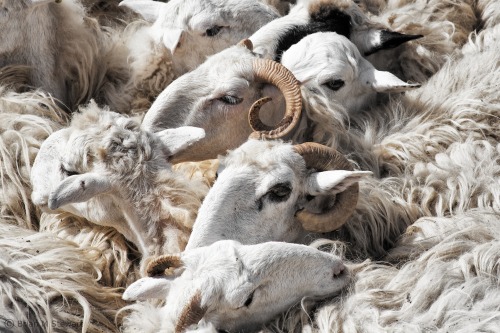Hekatesia
We now enter the darkest weeks of the solar year, a time of year that always seems to speak of Hekate. She is Dadophoros, the Torchbearer who lights the way; Propolos, the Companion who walks ahead with Her lights; and of course, Khthonia, She of the Underworld.
This is not the happiest time of year for me, contrary to forced cheerfulness of the mainstream Holiday Season (or maybe because of it!). Working in retail pretty much guarantees that. But more deeply, a change comes over my praxis and my perspective: Hermes’ presence recedes, along with a sense of ease and hot-bloodedness. What replaces it is best described as “back to black”: my interest in the occult is piqued (there is, after all, a long tradition of Hekate being a Goddess of witchcraft, stemming ultimately from classical Athens), nocturnal rites dominate, and my focus turns inward as the trees lose their green beauty.
...
